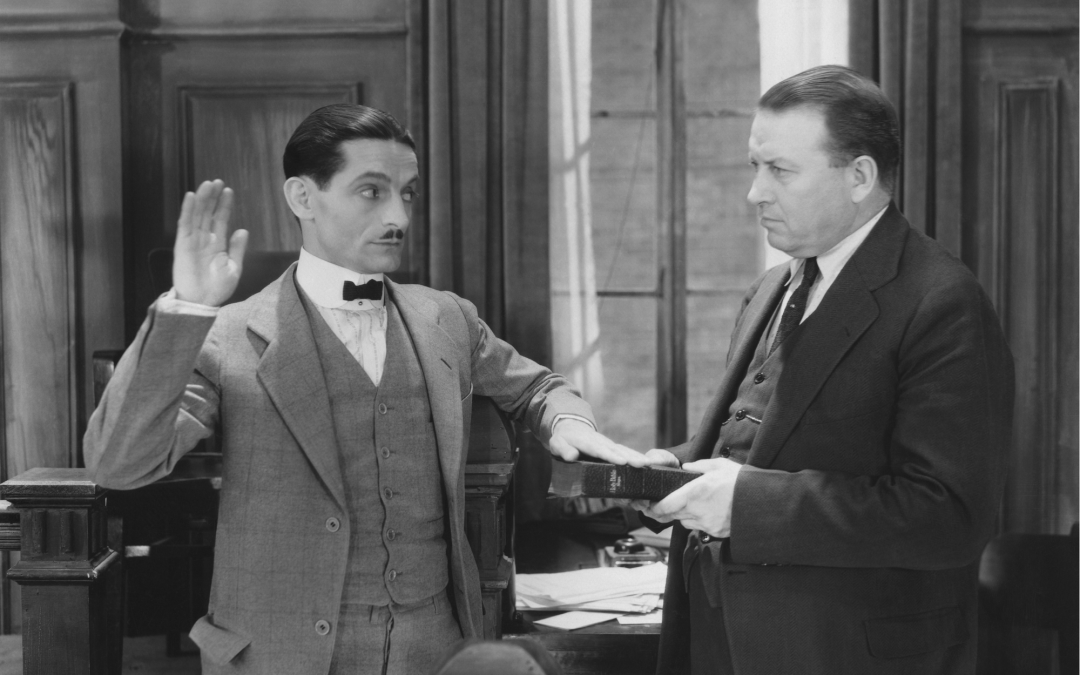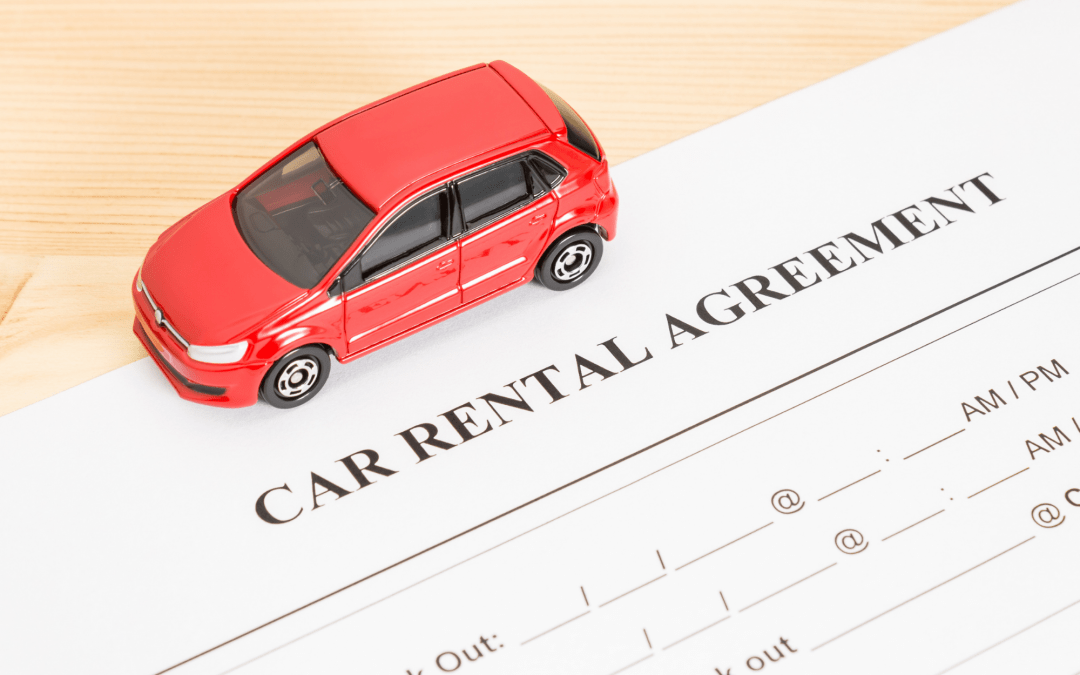
by KPMLAW | Mar 16, 2021 | KPMBlog, News, Profiles, Uncategorized
Written by Andrew Strobo, Esq. Edited by Bill Pfund. Esq. Occurrence-based liability insurance policies are peculiar because the term “occurrence” is ambiguous and unhelpful to insureds. In fact, the Merriam-Webster dictionary simply defines the term occurrence as “something that occurs.” Moreover, occurrence-based policies do not provide coverage based on when the “occurrence” takes place, but rather when either bodily injury or property damage “occurs” within the policy period. This raises an important question: what is an “occurrence” and what role does it play in determining coverage? Occurrence-based liability policies insure against loss arising from bodily injury or property damage, but only when an “occurrence” causes such loss. Although the meaning of an “occurrence” may differ from policy to policy, most define the term as “an accident, including continuous or repeated exposure to substantially the same general harmful conditions.” In other words, an “occurrence” is an accident. Indeed, the Virginia Supreme Court has recognized that “[t]he terms ‘occurrence’ and ‘accident’ are ‘synonymous…” AES Corp. v. Steadfast Ins. Co., 283 Va. 609 (2012). As a result, what is and is not an accident is an important question in determining coverage. After all, practically every person seeking coverage will claim that an accident caused his or her damages regardless of what actually happened. Under Virginia law, an intentional act directly resulting in harm is obviously not an accident. The Virginia Supreme Court has held that an “accident” is “commonly understood to mean an event which creates an effect which is not the natural or probable consequence of the means employed and is not intended, designed, or reasonably anticipated.” AES Corp. v. Steadfast...

by KPMLAW | Mar 9, 2021 | KPMBlog, News, Profiles, Uncategorized
Written by Edward Trivette, Esq. The defense of personal injury damages claims often involves consultation with medical experts and reliance upon their opinions in determining the approach to valuation, resolution and trial. At trial, testimony of a medical expert is often critical to issues of causation, extent of injury, ongoing impairment, reasonableness of treatment and the extent of any future treatment. Plaintiff’s counsel often seeks to cross-examine the defense medical expert for bias and a recent Supreme Court of Virginia case will provide new ammunition for that effort. The issue of cross-examination of medical experts regarding their relationship with insurers was first addressed by the Supreme Court in the case of Lombard v. Rohrbaugh, 262 Va. 484, 551 S.E.2d 349 (2001). There the trial court allowed Plaintiff’s counsel to cross-examine a defense medical expert who had been hired as an independent contractor by the insurance carrier regarding payments the expert had received in excess of $100,000 from the insurance carrier in each of the prior two years. On appeal, the Supreme Court found that even though the medical expert was hired as an independent contractor, there was evidence of a “substantial relationship” between the medical expert and the insurance carrier that outweighed “any prejudice to the defendant resulting from the jury’s knowledge that the defendant carries liability insurance.” Id. at 496-97. The Supreme Court analyzed the interplay of two competing principles of evidentiary law, which have since been included in the Virginia Rules of Evidence. First, Rule 2:403 provides that “[relevant evidence may be excluded if . . . the probative value of the evidence is substantially outweighed by...

by KPMLAW | Mar 1, 2021 | KPMBlog, News, Profiles, Uncategorized
Written by Sabrina Carter, Esq. Edited by Brian Cafritz, Esq. Society has always commended those who put themselves at risk in order to rescue their fellow man. Superhero movies and courtrooms alike have affirmed time and time again that a “Good Samaritan” is honorable and courageous. In the name of good public policy, the law has adopted protections for these individuals to promote selfless acts and rescue attempts. However, what happens when the Good Samaritan is injured? If a stranger to your business intervenes post-accident in order to help an injured guest, his or her actions can expose the business to additional liability. Therefore, before you allow those with capes and leotards to interject themselves, let us stop to consider what this could mean for your business. In the Commonwealth of Virginia, the “rescue doctrine” works to protect injured rescuers. It states that a rescuer who is injured during the rescue attempt may sue the person and/or entity who is responsible for endangering the victim. That can mean the person causing the original accident, or another separate cause. For example, a customer may be injured while intervening to stop a third party criminal act. Or a rescuer may slip on debris coming to the aid of another injured person. Another twist is that the responsible party could even be the victim herself. In any of these cases, the injured rescuer, whom society has collectively applauded throughout time, my sue your company to recover for her injuries. The case of Ruffin v. Tignor Trucking Corp. illustrates the exposure from this type of scenario. In Ruffin, an employee of Tignor Trucking...

by KPMLAW | Feb 22, 2021 | KPMBlog, News, Profiles, Uncategorized
By Matthew L Liller, Esq. Edited by Bill Pfund, Esq. If you’re reading this article, you are likely aware that diversity jurisdiction in Federal court requires the parties to be citizens of different states and the amount in controversy to exceed $75,000. See 28 U.S. Code 1332. However, determining whether a case meets the required amount in controversy – and can therefore be removed to Federal court after its filing by a plaintiff in State court – can be very different between Virginia and West Virginia. In Virginia, this determination is pretty easy. Virginia Supreme Court Rule 3:2 requires that every Complaint requesting money damages contain an “ad damnum” clause stating the amount of damages sought. That means, in Virginia, if the amount sued for in the Complaint is more than $75,000 and the parties are diverse, the case can usually be removed to Federal Court. West Virginia, on the other hand, is much different. By statute (WV Code § 55-7-25), no specific dollar amount relating to damages being sought can be included in the Complaint. West Virginia district dourts have addressed this issue, and while the courts employ some variances in how to get there, the burden always rests on the defendant to prove by a preponderance that the amount in controversy exceeds the jurisdictional minimum. This requires the assertion of specific facts in the defendant’s Notice of Removal pleading. The district court will consider a number of factors, including the plaintiff’s injuries, expenses, settlement demands, amounts awarded in similar cases, and punitive damages, when appropriate. See McCoy v. Erie Ins. Co., 147 F.Supp2d 481 (SD W. Va....

by KPMLAW | Feb 17, 2021 | KPMBlog, News, Profiles, Uncategorized
After an automobile accident, it can often be difficult for those involved to find a replacement vehicle. The Virginia General Assembly addressed this fact with the implementation of Va. Code Ann. § 8.01-66, which provides reimbursement to a non-at-fault party for costs associated with a temporary rental vehicle. In drafting this code section, the General Assembly clearly attempted to balance the interests of both the at-fault and innocent party. 8.01-66 allows a party who is “entitled to recover for damage to or destruction of a motor vehicle . . . to recover the reasonable cost which was actually incurred in hiring a comparable substitute vehicle for the period of time during which such person is deprived of the use of his motor vehicle.” Va. Code Ann. § 8.01-66(A). The General Assembly placed a few restrictions on this avenue of damage recovery in an attempt to balance the interests of both parties to the accident. These balancing restrictions can play an important role in an individual’s ability to recover and the amount of such recovery. First, the individual seeking these damages must be “entitled to recover for damages” as a result of the accident. Though this is the first, and seemingly most basic step, it may prove difficult in practice. Because Virginia adheres to the doctrine of contributory negligence, if the party seeking damages negligently contributed to the accident in any way, he or she will be barred from recovery under § 8.01-66(A). Therefore, analyzing the facts surrounding each accident is the important first step to applying § 8.01-66(A). Second, § 8.01-66(A) requires that the costs must actually be incurred. ...

by KPMLAW | Feb 9, 2021 | KPMBlog, News, Profiles, Uncategorized
Written by Bob McAdam, Esq. Edited by Rachel Riordan, Esq. In Virginia, a claimant may receive permanent total disability benefits (compensation for the claimant’s life, not limited to the 500 weeks set forth in Virginia Code §65.2-518) when the following occurs: Loss of two limbs in the same accident (or appropriate loss of use of two limbs). Total paralysis. Severe brain injury, so as to render the claimant permanently unemployable in gainful employment. In a majority of cases involving an upper or lower extremity, only one of the extremities is injured in the compensable accident. Does this mean that you do not ever have to reserve the claim for more than 500 weeks of compensation in these cases? Not necessarily. As long as the injuries to the two limbs occurred “in the same accident”, there is a potential for a permanent total disability claim. So, the issue becomes, what does “in the same accident” mean? It might not mean what you think it does. A very stark illustration of this principle was discussed by the Court of Appeals of Virginia in Merck & Co. v. Vincent, 71 Va. App. 439, 837 S.E.2d 80 (2020). In Vincent, the claimant sustained a compensable injury by accident to his left arm. The claimant prevailed before the deputy commissioner. The claimant then underwent surgery to repair those injuries. Two years later, the claimant became dizzy and fell as a result of the pain medication that he was taking in the aftermath of the surgery, injuring his knee in the fall. The claimant filed a claim, alleging the knee injury a compensable consequence of...







